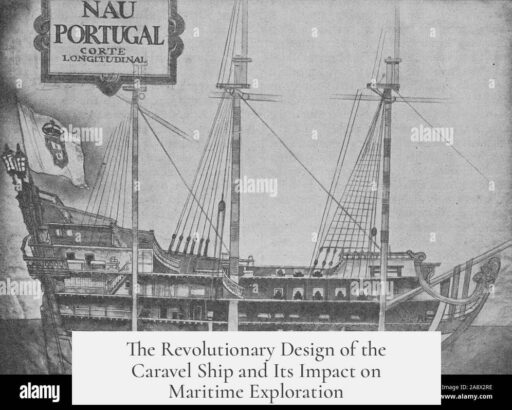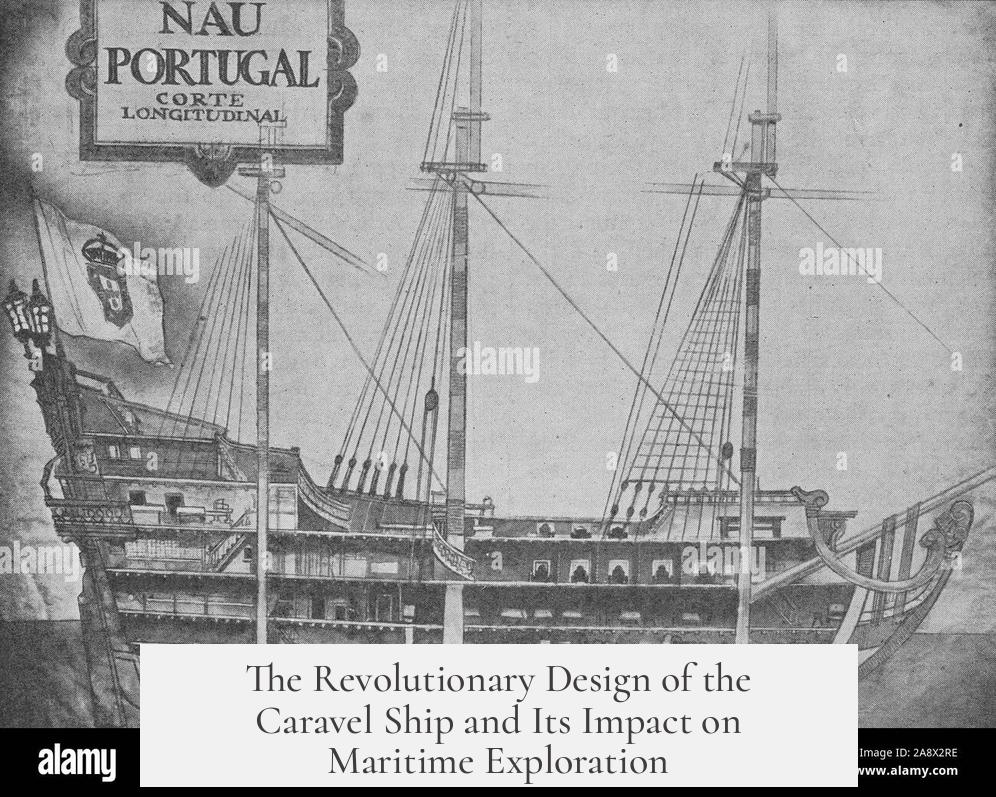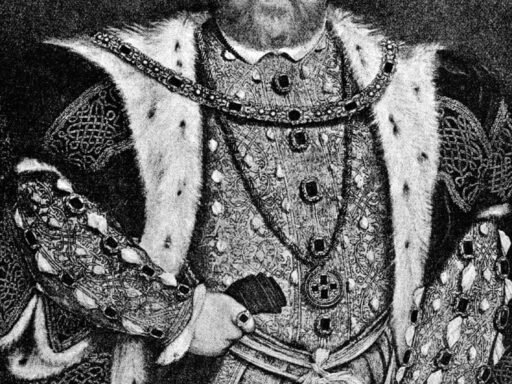The caravel ship design was particularly revolutionary due to its innovative combination of hull construction, multiple mast sail arrangement, and performance advantages that significantly improved maneuverability, seaworthiness, and range. These features made it well-suited for the Age of Exploration, especially Portuguese ventures along the African coast. The caravel’s design merged improvements over medieval ships with novel elements that enhanced flexibility and endurance at sea.
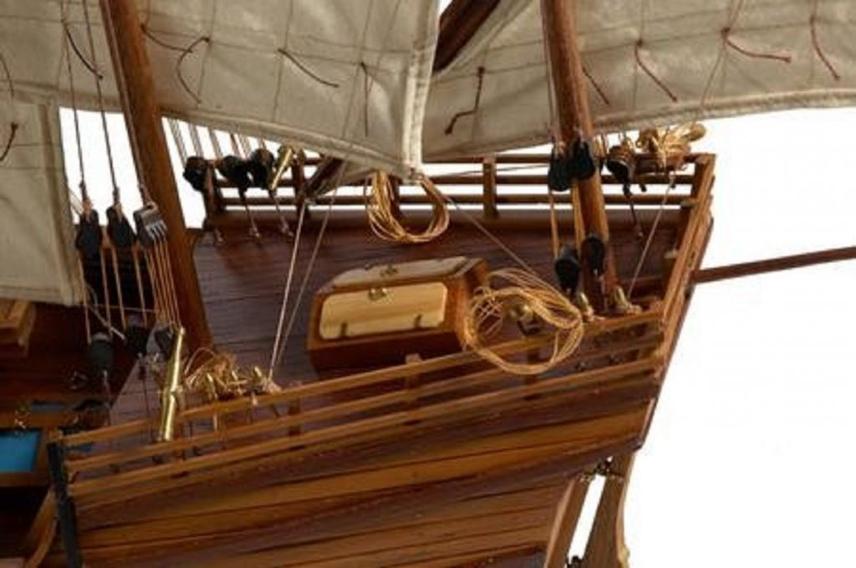
To understand why the caravel was revolutionary, one must first examine its differences from previous medieval ship types like the Northern Cog and the Mediterranean Round Ship. While these earlier vessels featured single or dual masts and simpler rigid hull designs, the caravel integrated a more advanced hull structure and sail setup. Its design shared some traits with the carrack, another 15th-century vessel, but the caravel’s unique characteristics set it apart.
A key innovation was the caravel’s use of multiple masts fitted with lateen (triangular) sails. Unlike the Round Ship, which had one angled foremast and a smaller aft mast, caravels placed a large main mast centrally and a smaller mizzen mast at the stern. This sail layout allowed sailors to tack effectively, a vital skill for navigating coastal waters and returning against wind currents.
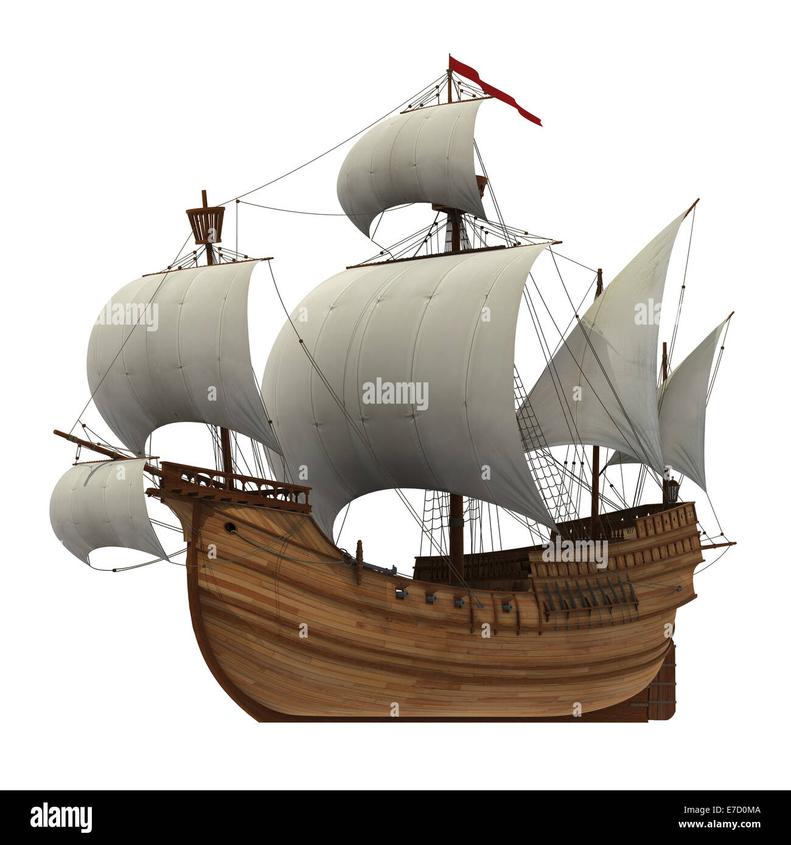
The flexibility of its sail configuration extended further as explorers like Columbus adapted caravels by replacing lateen sails on the main mast with square sails. This versatility enabled greater speed and reliability during transatlantic voyages, proving the caravel’s adaptability beyond Mediterranean and African coastal sailing.
| Characteristic | Previous Ships | Caravel |
|---|---|---|
| Masts and Sails | Single or dual masts; square and limited lateen sails | Multiple masts; primarily lateen sails; adaptable to square sails |
| Hull Construction | Clinker (lapstrake) shell-first planking | Carvel flush planking; skeleton-first build |
| Handling | Less maneuverable in coastal/tidal currents | Improved tacking; better seaworthiness and speed |
The hull construction differed fundamentally from earlier clinker-built cogs. Caravels used carvel flush planking with a skeleton-first framework. This method allowed shipwrights more freedom in shaping the vessel, enabling a longer length-to-width ratio. Carvel construction produced a smoother hull that resisted water resistance better and improved sailing speed.
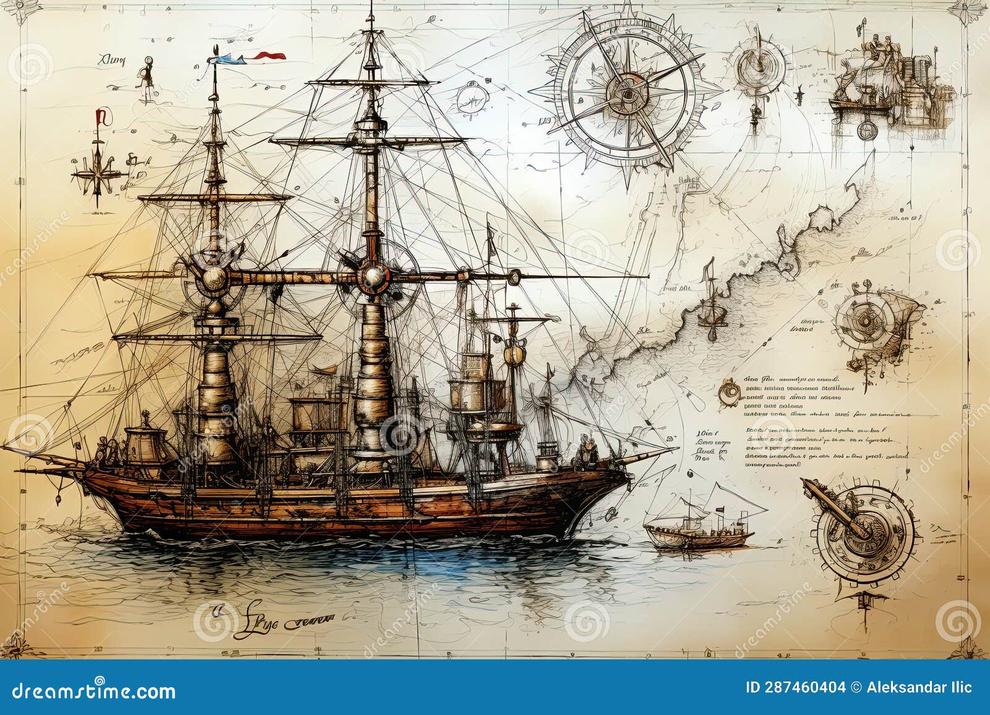
Structurally, carvel ships benefited from strong internal bracing in addition to the fitted planks. Unlike clinker ships, where strength depends mainly on overlapping planks, the caravel’s framework could bear large stresses from waves and cargo weight. This advanced structure helped reduce hull flexing (hogging and sagging), which plagued larger clinker ships and limited their size.
Because of this, caravels could be built bigger and carry more cargo and crew than predecessors, extending voyage range and operational capacity. Explorers profited from this to explore river mouths, bays, and the open sea. The caravel’s size helped it endure storms and traverse long distances without sacrificing speed or agility.
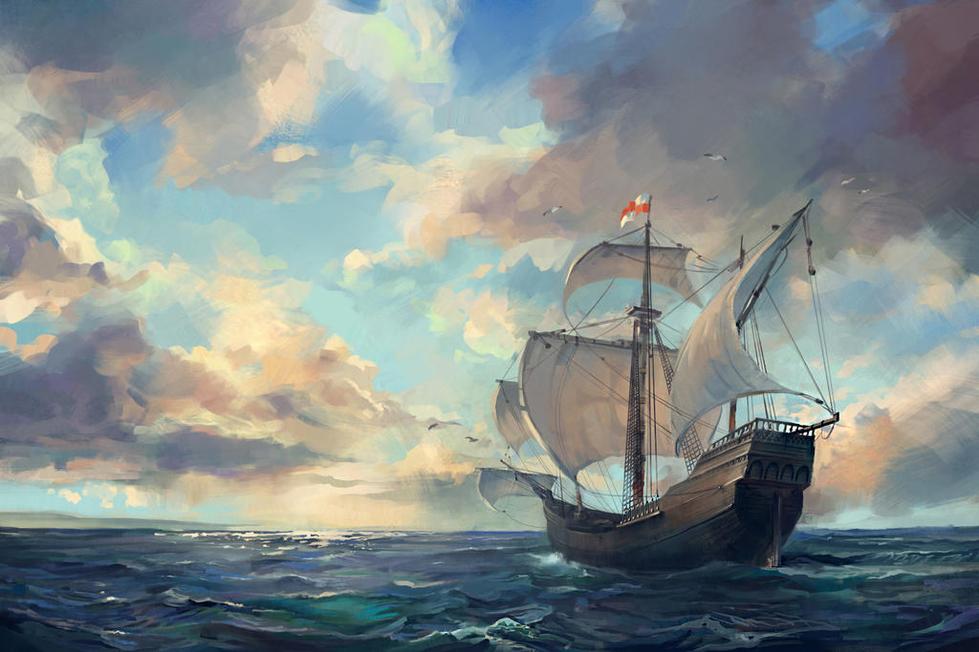
Despite these advances, the caravel did not totally eliminate hull stress problems over time. Hogging and sagging remained issues until modern steel hull construction, limiting a ship’s lifespan. Nevertheless, the caravel represented a major leap forward in ship design, balancing size, strength, and performance to meet exploration demands.
Portuguese expeditions along Africa’s coast exemplified the caravel’s strengths. Its small size but sturdy build allowed explorers to navigate narrow bays and rivers. Lateen sails enhanced upwind sailing ability for the return journey. The ship was also fast, making profitable trade or raid expeditions possible.
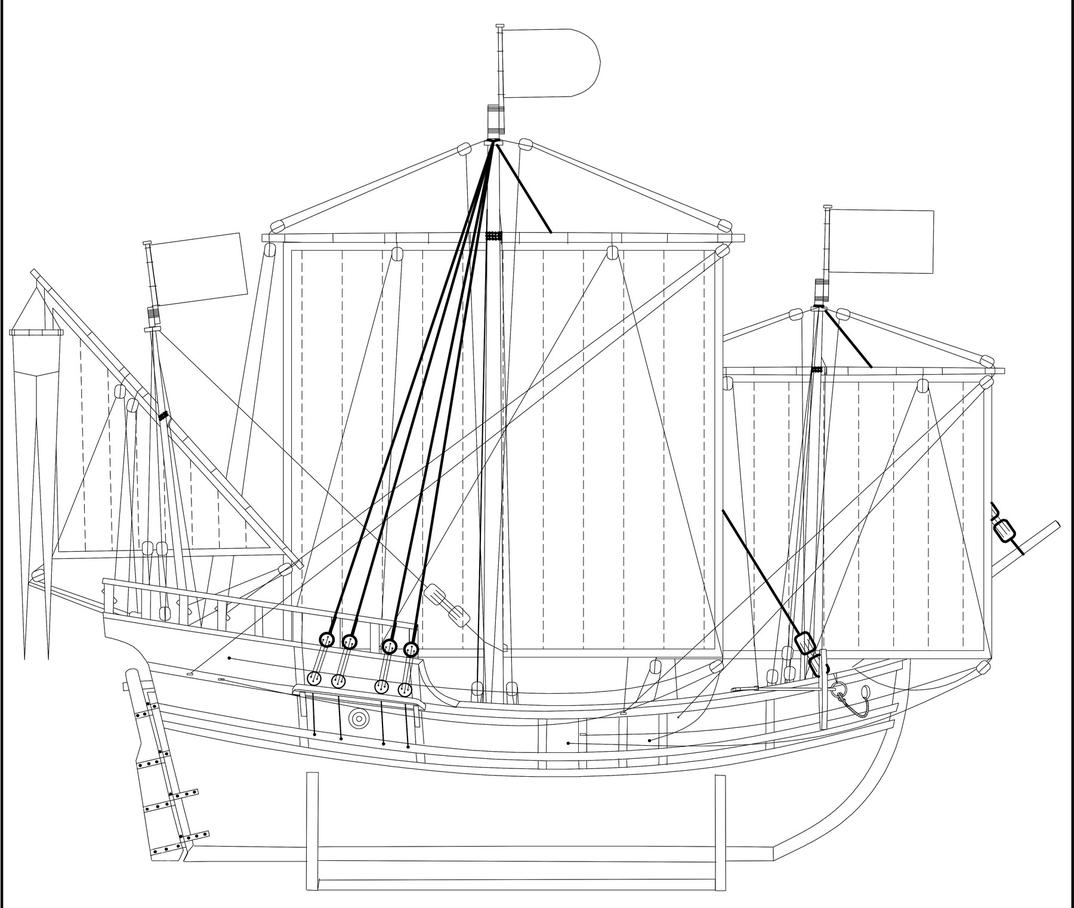
- Caravel design combined multiple masts with lateen sails for superior maneuverability and sailing flexibility.
- Flush carvel planking with skeleton-first construction allowed longer, narrower hulls and increased structural strength.
- Its size and seaworthiness surpassed earlier clinker and round ships, enabling far-reaching and profitable explorations.
- Despite hull stress issues persisting, the caravel marked a significant advancement toward modern ocean-going vessels.
- Portuguese use of caravels facilitated early African coastal exploration and paved the way for transoceanic voyages.
Was the Caravel Ship Design Particularly Revolutionary? Why? What Made It So Special?
Yes, the caravel ship design was revolutionary for its era because it combined innovative sailing technology, hull construction, and practical design improvements that enhanced speed, maneuverability, and exploration capabilities. It was a game-changer in sea travel and exploration during the 15th century, particularly for Portuguese expeditions along the African coast and beyond.
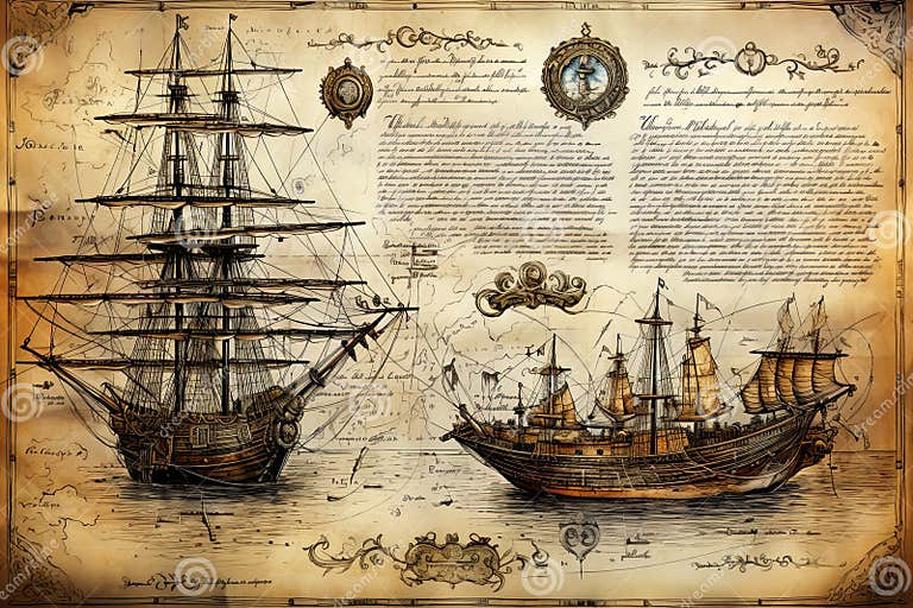
Let’s dive into what made the caravel so special. Spoiler alert: this wasn’t just a prettier boat. It represented a leap forward in naval engineering that changed the course of history, quite literally.
How Different Was the Caravel Compared to Older Medieval Ships?
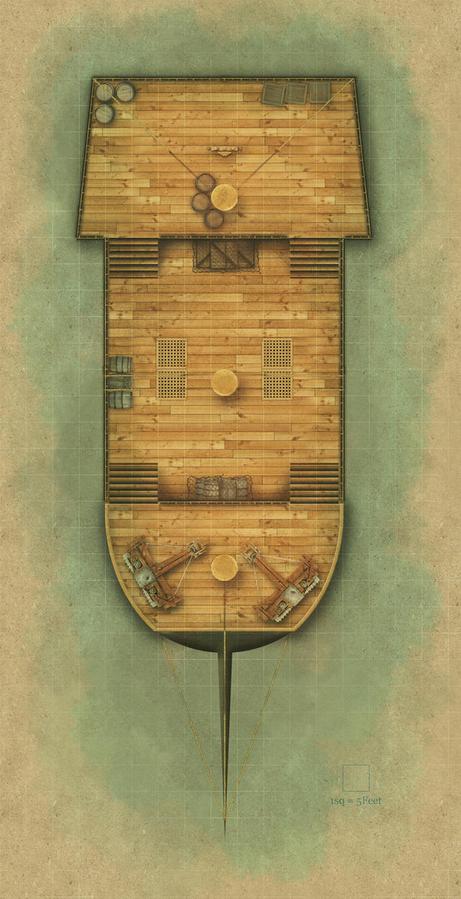
Before the caravel, sailors mostly relied on two medieval ship types: the cog (common in Northern Europe) and the so-called round ship of the Mediterranean. Both had their strengths but also clear limitations. The cog, for example, had a single square sail and was primarily clinker-built (overlapping planks). It was sturdy but rather sluggish and not suited for longer explorations.
In contrast, the caravel drew inspiration partly from the cog and the Mediterranean round ship but introduced important changes. Unlike cogs, caravels used carvel flush planking. This means the planks were laid edge-to-edge, creating a smooth hull. It was a sharp departure from the clinker design of cogs where planks overlapped and often limited hull shape and size.
Interestingly, the caravel shared some features with the larger carrack ships, such as the rigging arrangement, but the caravel’s smaller size and specialized sails made it much more maneuverable.
Sail Configuration: The Secret Sauce Was the Lateen Sails
One of the caravel’s standout features is its use of multiple masts with lateen sails. These are triangular sails that, unlike square sails, could catch wind from various angles and allowed the ship to tack — or sail against the wind — effectively. This was a colossal advantage when exploring coastlines and returning through tricky currents.
The round ship also had two masts with lateen sails, but their arrangement was different, with an angled foremast and a smaller aft mast. The caravel placed its main mast right at the center, carrying a lateen sail, complemented by a smaller mizzen mast at the stern. This design gave the caravel better balance and handling.
Sometimes, like Columbus’s famous caravels on his first voyage to the New World, the main sails were swapped for square ones to boost speed on the open ocean, proving the design’s flexibility. So, the caravel wasn’t just “set and forget”; it adapted well to different sailing conditions.
The Hull Construction: Skeleton-First Carvel Planking
Let’s get a little technical without drowning you in shipbuilding jargon. The caravel used skeleton-first construction with carvel planking. That meant the ship’s internal framework—its “bones”—were put together first, then the smooth planks were fastened, as opposed to the clinker method where the hull was built plank-over-plank first, then supported by frame pieces.
This method allowed shipbuilders more freedom in shaping the hull. The caravel could be narrower and longer than clinker-built ships. The higher length-to-width ratio improved sailing speed and sea handling. It also meant the caravel was less top-heavy because it abandoned the bulky forecastles and sterncastles common on carracks, further stabilizing the ship in rough seas.
Performance That Suited Exploration Perfectly
Ponder those tricky African expeditions—shallow bays, unpredictable winds, and the need to haul decent cargo loads home. The caravel was ideal. Its size and speed hit a sweet spot. Smaller than the hefty carracks but still large enough to carry necessary provisions and goods, the caravel could slip into narrow river mouths and bays for exploration or raids, then tack successfully against strong ocean currents on the return to Iberia.
Explorers praised the caravel for this versatility. It gave Portugal an upper hand during the Age of Discovery, enabling ventures farther south along Africa and eventually to the Americas.
Structural Strength: Carvel vs Clinker Construction
Here’s a key difference: clinker-built ships like Viking longships get their strength from overlapping planks that act like layers of armor. They work wonderfully for small, human-powered boats but face problems when scaled up. Larger clinker boats tend to suffer hogging and sagging, which is naval speak for the hull bending dangerously under stress. This leads to leaks, broken fastenings, and shorter vessel lifespans.
Caravel’s carvel flush planking, combined with strong internal bracing, made a stiffer hull that resisted these distortions. The hull could support larger size and weight, critical for long ocean voyages with cargo and crew. This meant caravels were more durable and capable, essential traits for world exploration.
Despite these advances, caravels were not perfect. They didn’t fully solve hogging and sagging problems, which would continue to plague ships until steel hulls became common centuries later.
What Really Made the Caravel Revolutionary?
Was it just the planks? The sails? The shape? The answer is: all of the above. Its strength lay in the smart combination of design innovations.
“It’s hard to explore the world in a canoe,” goes the saying, and the caravel was the perfect ship for the challenge. Not too big to be clumsy, not too small to be useless. It could sail routes previously impossible or too risky, survive rough ocean conditions, and adapt its sails appropriately for different winds. In essence, it was a tool perfectly honed for the task of exploration.
Some Final Thoughts and Lessons for Today
What can we learn from caravels? Innovation often isn’t about a single breakthrough, but a clever mix of existing ideas—here, a mix of hull techniques from the Mediterranean, sail configurations from the north, and new approaches to shape and size.
Modern startups, anyone? The caravel teaches us that blending and refining proven concepts can create something genuinely revolutionary. Exploration demands flexibility, sturdiness, and smart design. The caravel delivered all three, making it an icon of the Age of Discovery and a lesson in innovation to this day.
So next time you picture those daring sailors setting off into the unknown, remember: it wasn’t just courage that carried them across the seas, but the genius of the caravel.
What made the caravel’s sail configuration different from earlier ships?
Caravels used multiple masts with lateen (triangular) sails arranged differently than previous ships. The main mast was central with a smaller mizzen mast at the stern, improving maneuverability and tacking ability during long voyages.
How did the carvel hull construction improve ship design?
Caravels used skeleton-first carvel planking, allowing a narrower, more flexible hull shape. This design enhanced handling, making the ship faster and better suited for ocean exploration compared to earlier clinker-built vessels.
Why was the caravel considered suitable for African expeditions?
The caravel was fast, small enough for coastal exploration, and could carry enough cargo for profitable trips. Its ability to tack against strong currents helped explorers return safely from Africa to Iberia.
In what way was the caravel structurally stronger than earlier boats?
Carvel planking combined heavy bracing and fitted planks, creating a stiff hull resistant to waves and wind. This allowed caravels to be larger and more durable than lapstrake (clinker) boats, which were restricted in size due to stress on their planking.
Was the caravel design completely free from structural problems?
No, caravels still faced issues like hogging and sagging—bending stresses caused by waves. This challenge persisted even into the era of steel-hulled ships, limiting ship lifespan despite carvel improvements.
Did the caravel’s design directly influence other ship types?
Yes, the caravel shared features with carracks, including multiple masts and sail arrangements. Its innovations in hull design and sail plan influenced later ships used in global exploration.
